Pie making can be a challenge for cooks, especially with the (relatively) recent outburst of food allergies and intolerances. Everyone is allergic or intolerant of something, and it’s difficult to please all of the people all of the time. In my family alone, there are four different people with five different “can’t eat this” issues – one of them being gluten. But even the gluten-abstaining deserve pies, so we’re taking a look at gluten-free crusts.
Photos by Sam Bithoney
This week, I’m pitting my entry-level experience in pie crust making against two contenders: Bob’s Red Mill gluten-free pie crust mix , and Stella Parks’ gluten-free variant of her own pie crust. I’ll be testing for tenderness, flakiness, and the crust’s ability to blind bake — e.g., will the crusts shrink or crack. I’ve got entirely too much pudding in my pantry, so we’re going to knock out some quick pudding pies and see how each holds up.
Bob’s
Being a pre-made mix, there’s not much that needs to be added here. Grab a bag off the shelf, and the only things you’ll need to add are water and butter. You’ll need a food processor (or pastry blender and forearms like Popeye) to get the crust going, but not much else. If speed is your game, Bob’s is for you. Each bag can make two single crust pies, or one double crust pie. It is, however, pretty pricey for a pie crust – especially if you’re buying here in Australia due to hefty importer markups. Ouch.
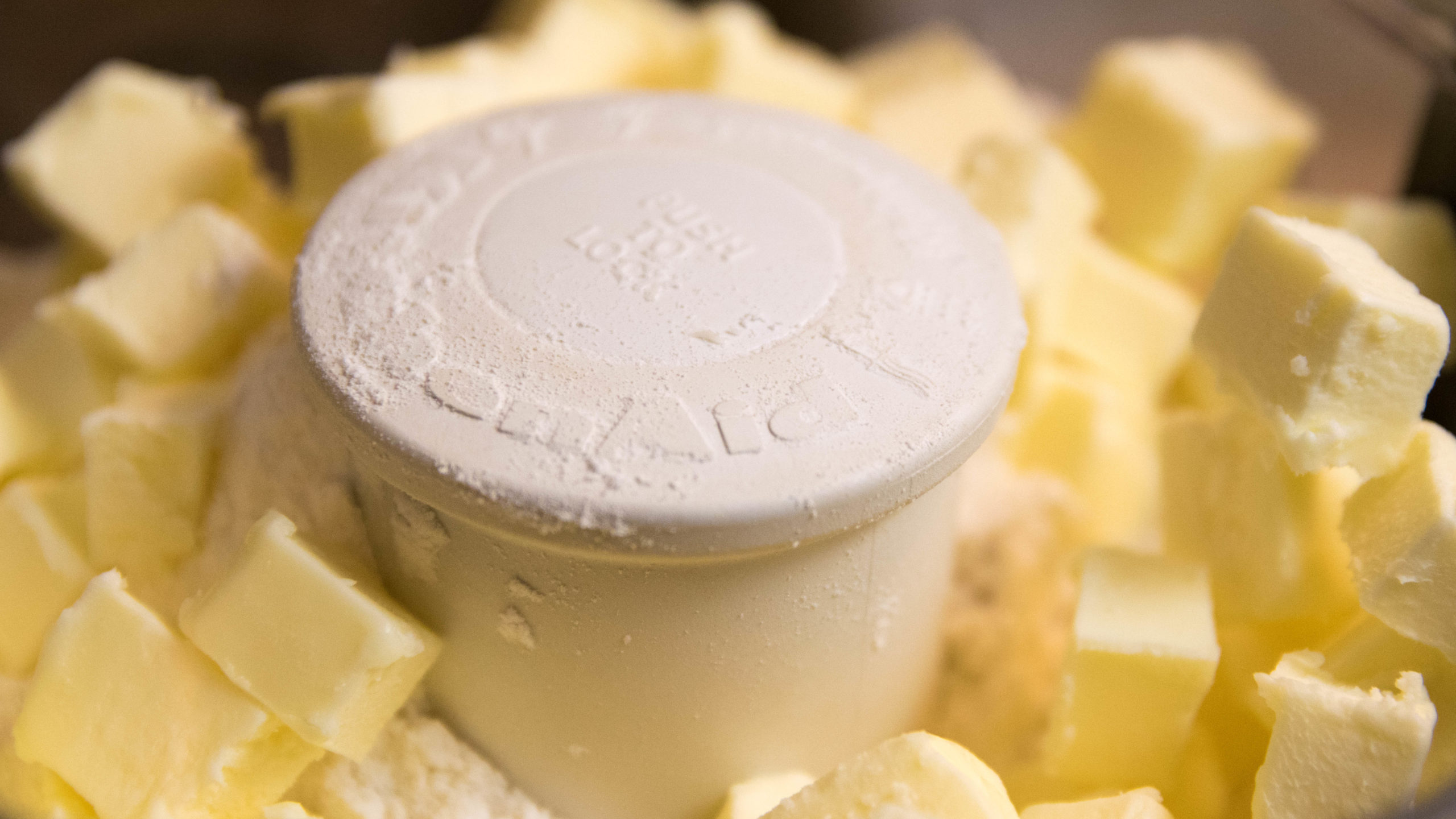
Bob’s Red Mill takes advantage of a food processor for faster assembly.
Stella’s
Stella’s crust is scratch made, meaning you’ll need to acquire ingredients and use a bit of effort. In the long run, this will be a less expensive option for those who do regular gluten-free baking, because you’re breaking down the cost per serving from the ingredients. Additionally, you can spread those ingredients around to other dishes. Tapioca flour is wonderful for thickening fruit pie filling, and coconut flour can go almost anywhere wheat flours can. I already had most of the things on hand, only requiring rice flour and xanthan gum.
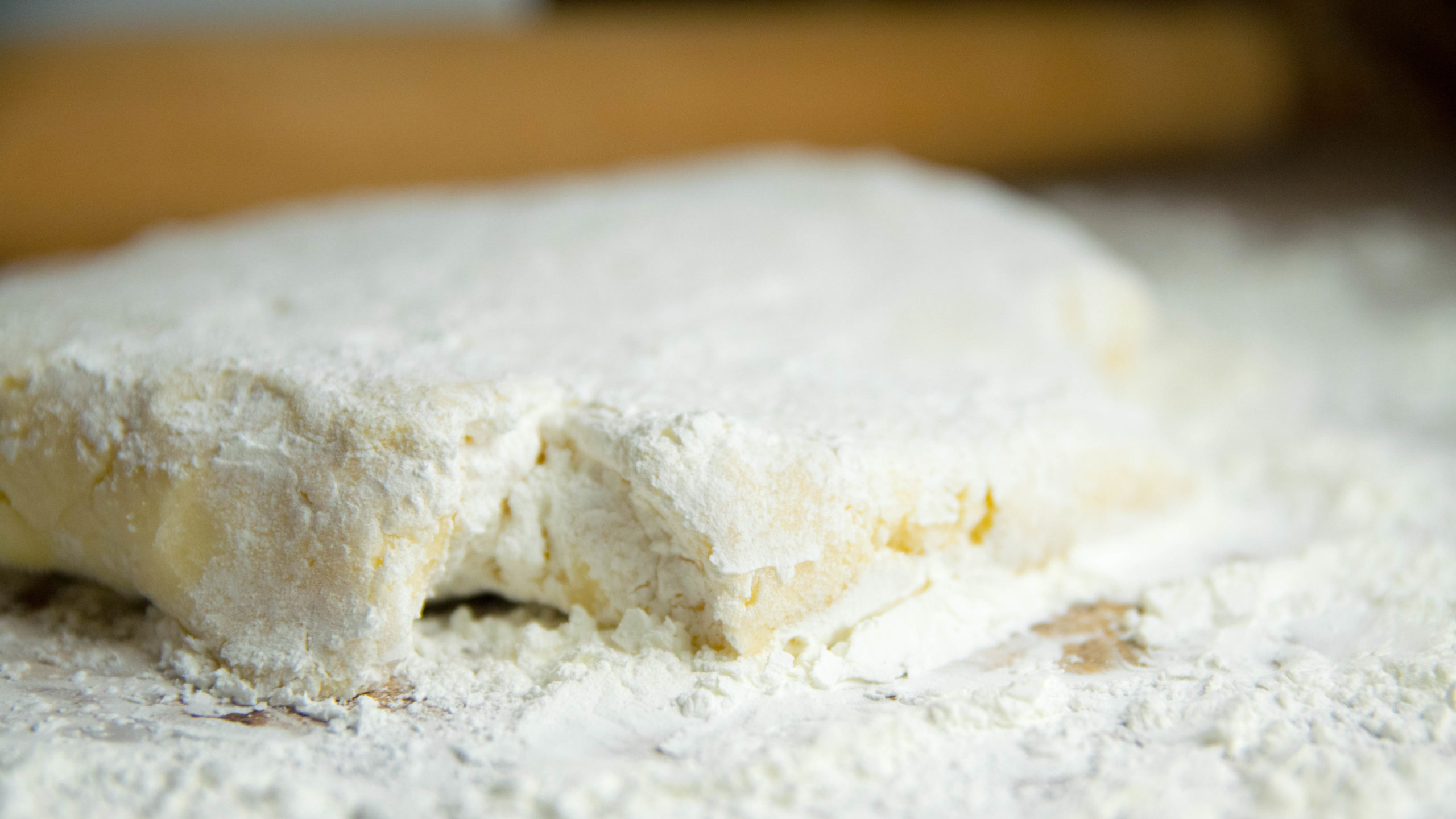
And a whole lot of cornstarch.
Xanthan gum, aside from sounding like it’s named after a Voltron monster-of-the-week, is a binding agent that exists in pretty much every prepared or packaged food you’ve ever seen — it shines in gluten-free baking, almost perfectly replacing the particular stickiness of gluten.
Rice flour is a great, gluten-free substitute for wheat flour. However, there is such a thing as sweet rice flour, that in my case was shelved next to the one I was seeking. Keep an eye to make sure you’ve got the right one — sweet rice flour is made with short grain rice, and has a much higher starch content. It’s more commonly used as a thickening agent, not something you’d want to make a pie crust with.
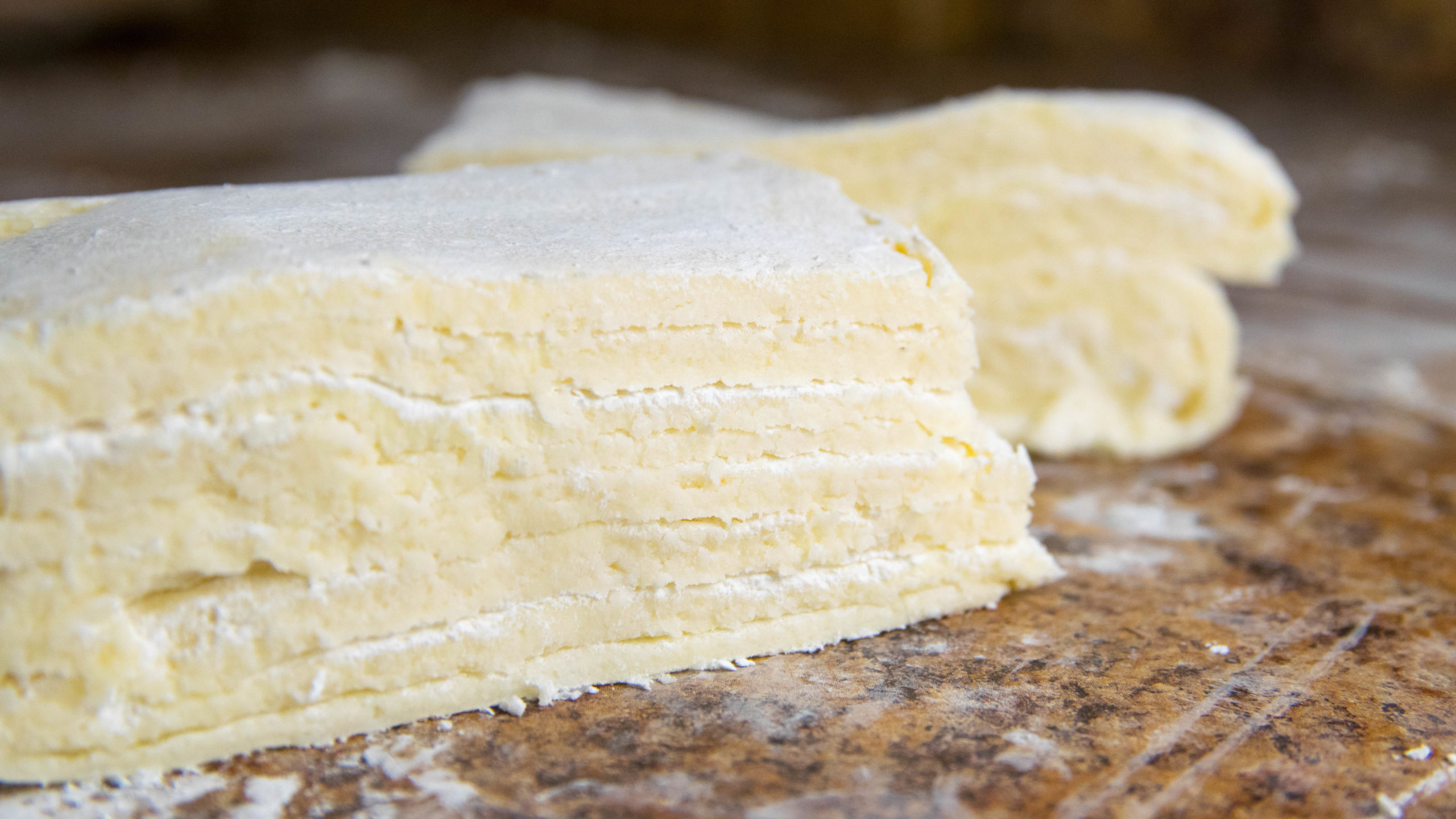
Pie crusts have layers, ogres have layers.
Where they’re similar
Each of the crusts is much more dry than I’m used to. I might have rolled Stella’s too thin, but it glues back together easily. Fluting, well, isn’t my strong suit, so I brought in a ringer — Mum. You can’t even see my poor fluting since she came through and fixed it.
Both crusts blind baked well, using the method Stella details on Serious Eats — lower heat for longer, and the bonus of some delicious toasted sugar as a pie weight. Since they contain mostly similar ingredients, I wouldn’t have expected much less. There was some stickage to the aluminium foil, but nothing that irreversibly damaged the crusts.
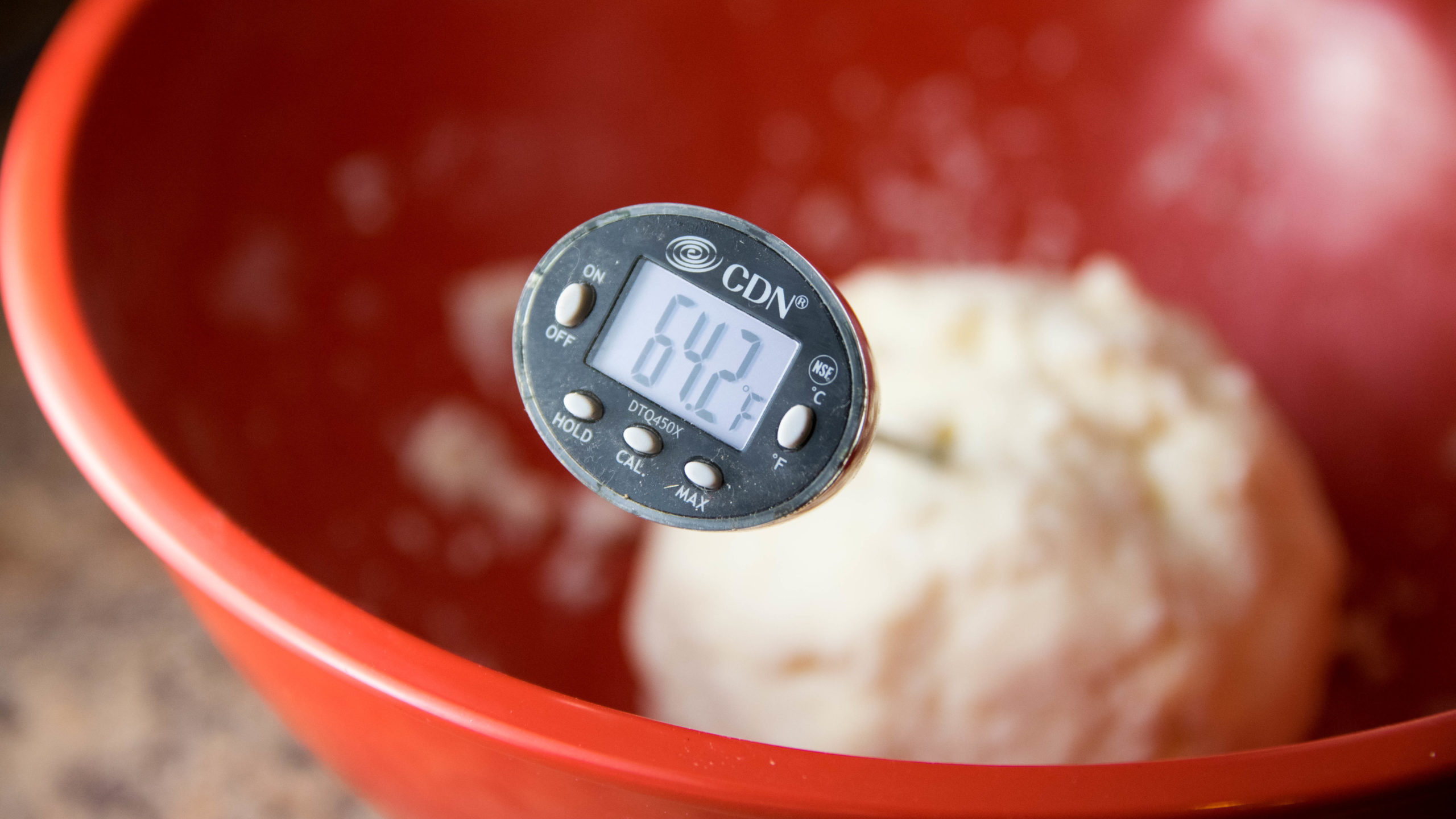
Pie dough rolls best at 68°F, so be sure to temp check.
Where they differ
Scratch recipes are always going to be more involved, but Stella’s has to be one of the easiest I’ve tried. The difference is that you work with your hands instead of a food processor, which made me question the convenience fee of the mix. Seriously — the method is the same as her with-gluten crust, and takes maybe two or three minutes more than the mix. Also, Bob’s uses potato starch in place of coconut flour and quite a bit more fat — 570g as opposed to the 450g used in Stella’s recipe. Additionally, the coconut flour used in Stella’s crust was a bit more fragrant than the potato starch from Bob’s in the finished crust.
Using the food processor, Bob’s looks much more like the pie crust I’m used to seeing — those 10 blitzes resulted in well distributed butter. It was much drier than Stella’s recipe, though. I added one and a half tablespoons of ice water in addition to the standard six, which led to a much better texture. Rolling it out to fill the pie plate was another story. The dough was much stiffer, and broke apart easily under a soft touch of my rolling pin. It was salvageable, but I’ve got to hand it to Stella here — hers is much easier to roll and transfer.
Overall, when compared to a traditional wheat flour crust, these are both much more dry and crumbly. Use extra care when rolling and moving to a plate.
The Taste Test
Gluten-free will never replace a traditional pie crust, but if that’s not an option for you — don’t fret. These are both delicious, and I can’t pick a clear winner. Both are (not surprisingly) buttery, and the similarity of ingredients doesn’t provide a noticeable taste difference when they’re underneath a heap of chocolate pudding.
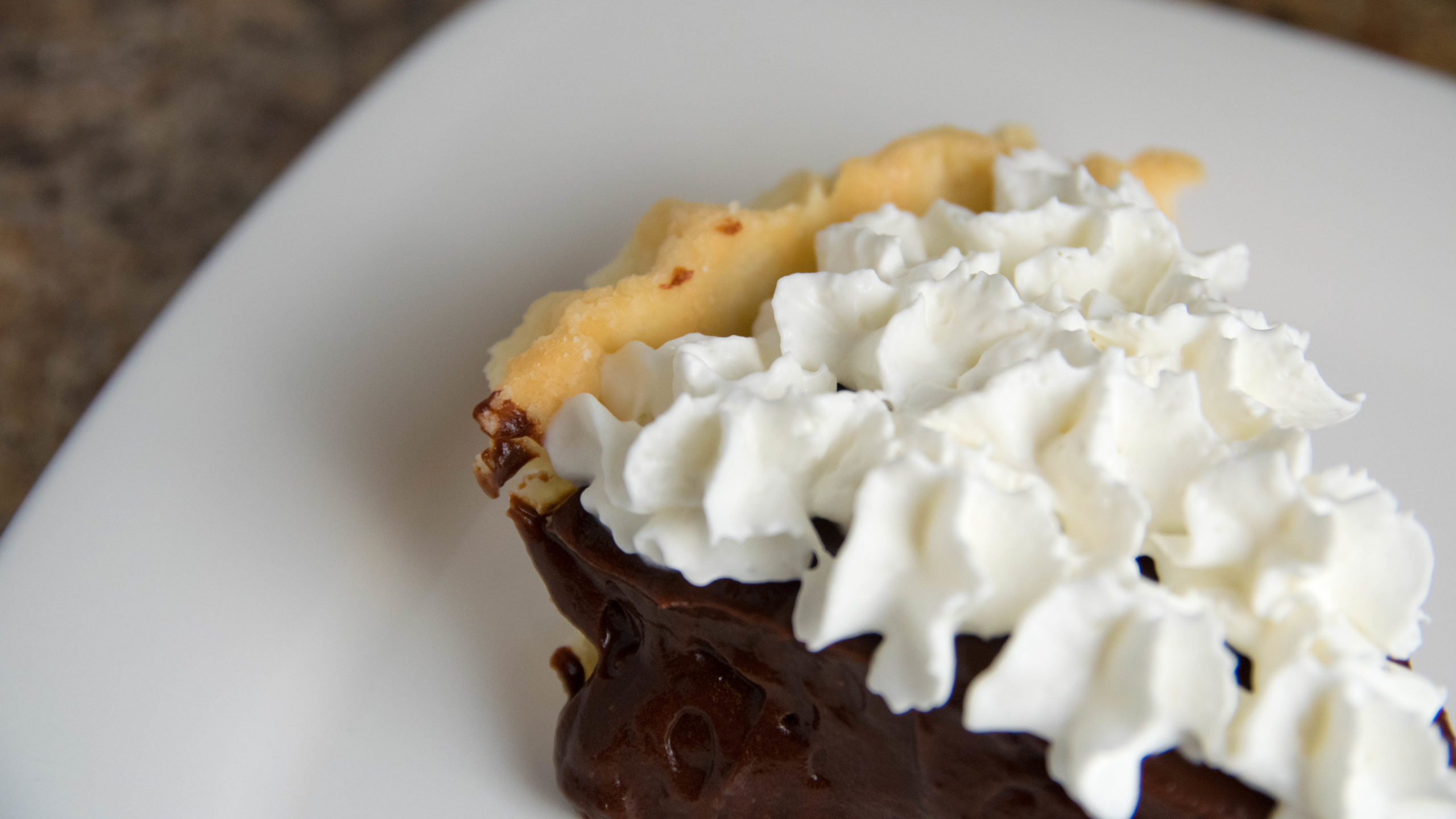
Stella’s crust is buttery and nutty, thanks to coconut flour. I rolled too thin, which is why the fluting broke. 🙁
That’s the beauty of a blind bake — crispy crusts support anything you can throw at them. Neither crust is what you’d call “flakey” — they’re more crispy and crunchy, but are surprisingly complex in flavour.
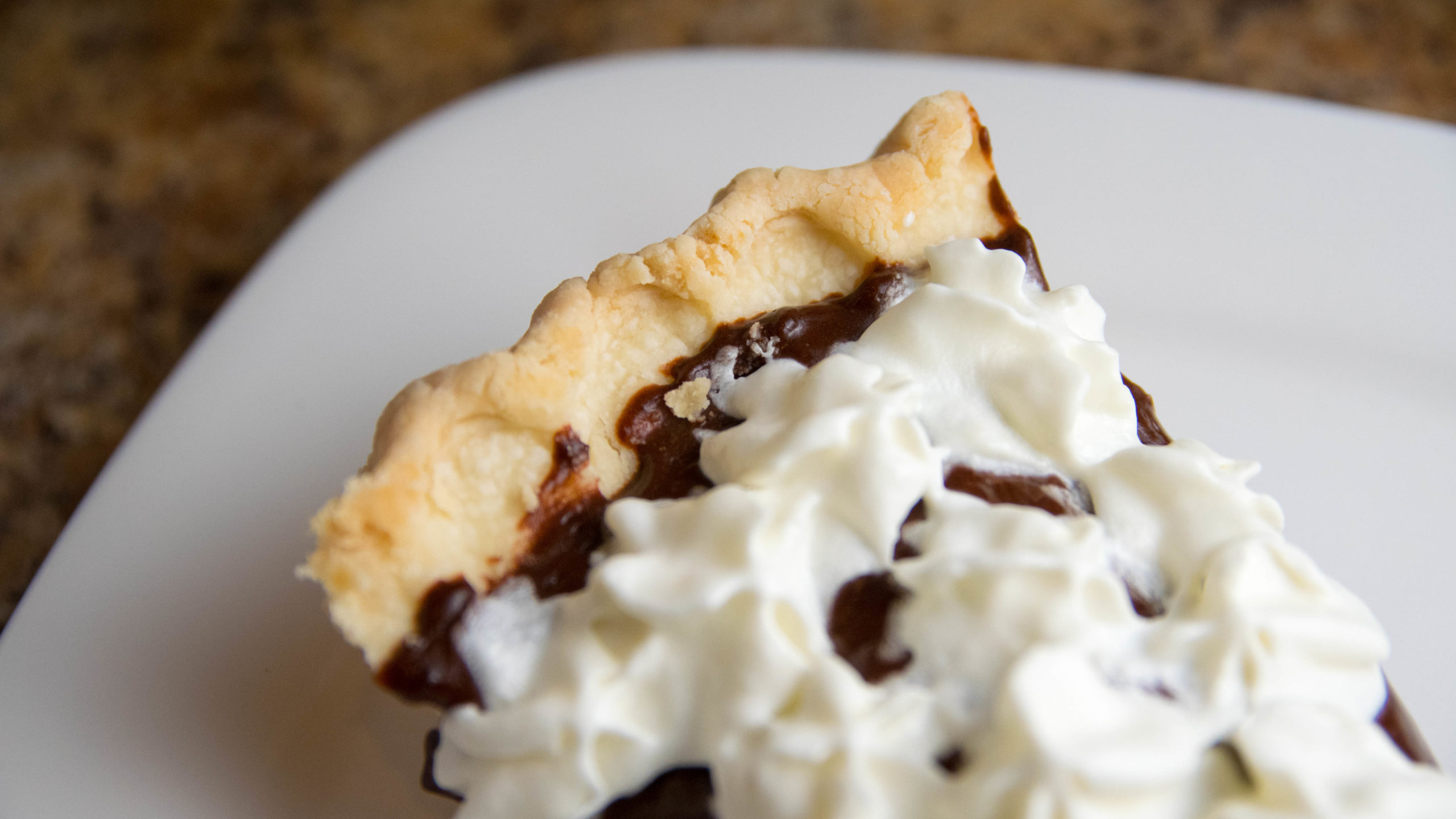
I rolled the Bob’s out thicker, which let it hold up better against my poor pie cutting skills.
The Winner
If you’re starting a gluten-free diet for whatever reason, I strongly recommend Stella’s recipe. You’ll end up with many of the ingredients on hand, and it’s a great way to make something delicious and different. If you’re just looking to make something for gluten-sensitive guests, it’s hard to beat a pre-made mix – although Aussies should definitely plump for a local option at their grocery store to save a few bucks.
I’ll be honest, these were both really good crusts, easily some of the best alternatives I’ve ever had. As someone who typically gets a pie for his birthday instead of cake, I can absolutely tell the difference, but that’s hardly a bad thing. if you told me it was a vodka crust, I would have believed you.
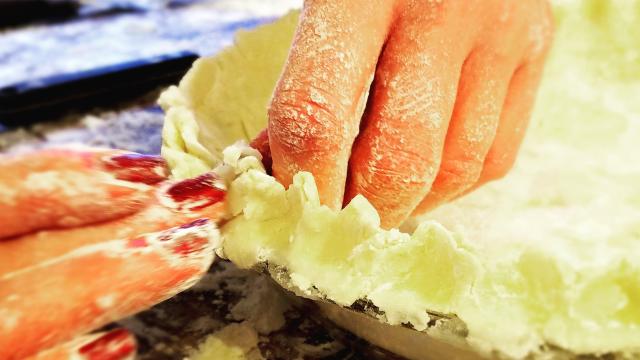
Comments